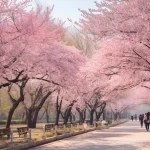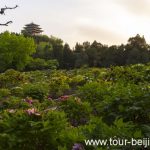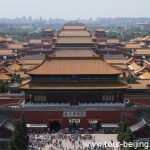When is the best time to visit Lijiang?
Plan your Lijiang Tour? Lijiang, located in the northwest of Yunnan Province, is a place blessed with fresh air, clear streams and breathtaking snow mountains. Lijiang sits at an average elevation of 2,400 meters. Many visitors both home and abroad come to visit Lijiang every year. Lijiang enjoys a temperate climate year around. Lijiang’s rainy season…





